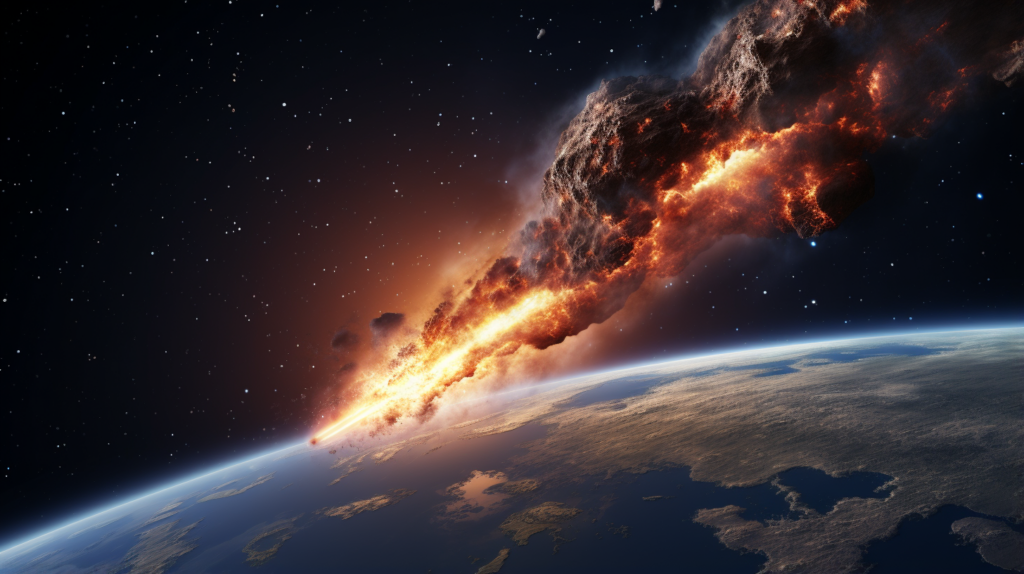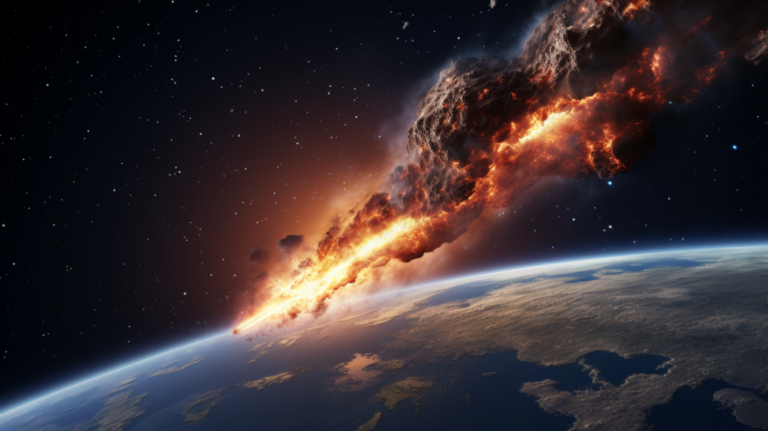Unveiling the Fascinating Panspermia Theory: Tracing the Cosmic Roots of Life
In the world of astronomy and space exploration, there are theories that challenge our understanding of the universe and our place within it. One such theory, known as panspermia, proposes an extraordinary idea: that life on Earth may not have originated on our planet at all. Instead, it suggests that the building blocks of life were brought here from space, carried by asteroids and comets. This fascinating concept was explored in a recent documentary, shedding light on the potential implications for life on Earth.The panspermia theory gained prominence when British astronomer Sir Fred Hoyle published his book, “Astronomical Origins of Life– Steps Towards Panspermia,” in 2000. Hoyle delved into the controversial notion that life’s origins may be extraterrestrial. In essence, this theory proposes that microbial organisms and the genetic materials necessary for life could have hitched a ride on celestial bodies, journeying from the depths of space to our planet.
Renowned physicist Michio Kaku emphasizes the significance of this theory by describing the solar system as a cosmic ping pong game. In this hypothetical scenario, meteorites act as the ping pong balls, shuttling back and forth between Earth, Venus, Mars, and the moon, potentially seeding life or, intriguingly, extraterrestrial viruses.

The concept of extraterrestrial viruses introduces an element of mystery and uncertainty. If panspermia holds true, it raises the possibility that viruses from space could reach Earth, potentially bringing with them diseases distinct from those found on our planet. Michael Dennin, a physicist, suggests that viruses or plagues could have originated within asteroids, encapsulated in a protective shell that allows them to remain stable over vast cosmic distances. The notion of a “space plague” sounds like something from science fiction, but it forces us to confront the unknown. We have little knowledge of the genetic makeup of viruses that might exist in outer space or their potential to infect Earth’s inhabitants.
As Dennin points out, a sudden introduction of a new virus, whether from space or another source, could leave our immune systems defenseless, resulting in catastrophic consequences. While the idea of a space-borne plague may seem far-fetched, it underscores the importance of scientific preparedness. Jake Wynn reminds us that there are always mysterious viruses and diseases lurking on the cosmic horizon, emphasizing the need for constant vigilance and the readiness of public health authorities. In the face of such uncertainty, scientists are researching and developing rapid response strategies, including bioengineering and vaccine development, to counteract potential threats. Gigi Gronvall highlights the complexity of disease preparedness and the necessity for coordinated efforts across government, public health, and scientific communities.
In conclusion, the panspermia theory challenges our understanding of life’s origins and introduces the possibility of cosmic diseases. While the idea of a space plague may seem like science fiction, it underscores the importance of preparedness, scientific research, and vigilance in the face of the unknown. As we ponder the mysteries of the universe, one thing remains certain: the cosmos continues to surprise and intrigue us, reminding us that our quest for knowledge is an ongoing journey.
This article is republished from anciently.net under a Creative Commons license. Read the original article.
Do not forget to share your opinion with us to provide you with the best posts !




0 Comments